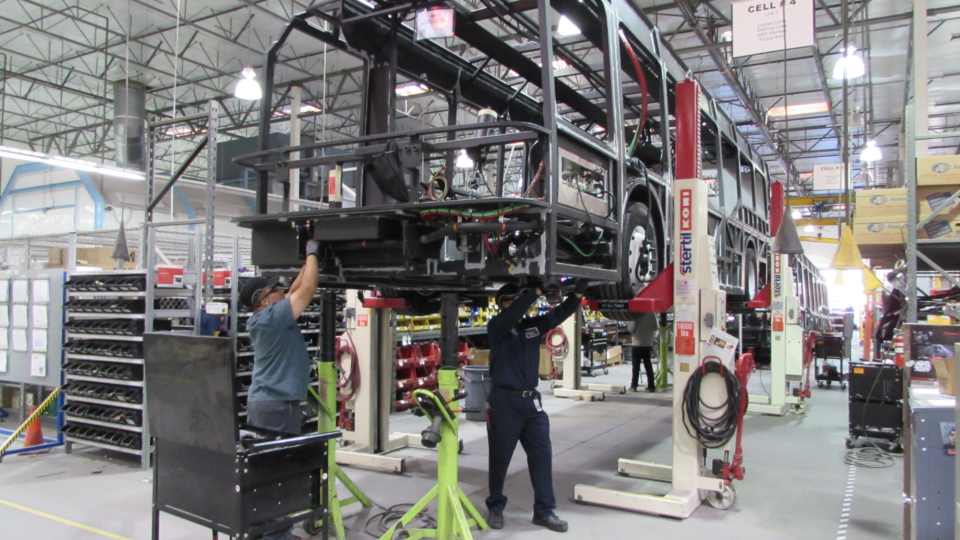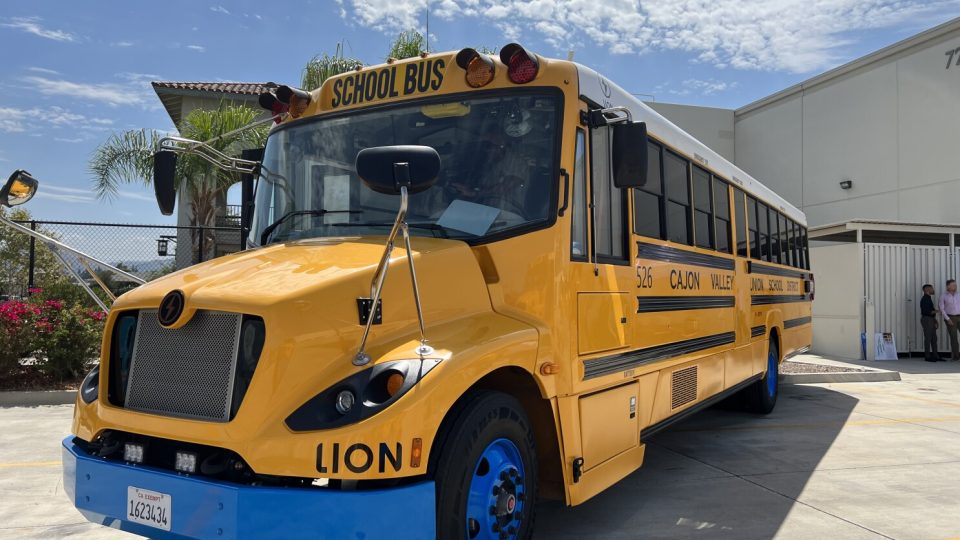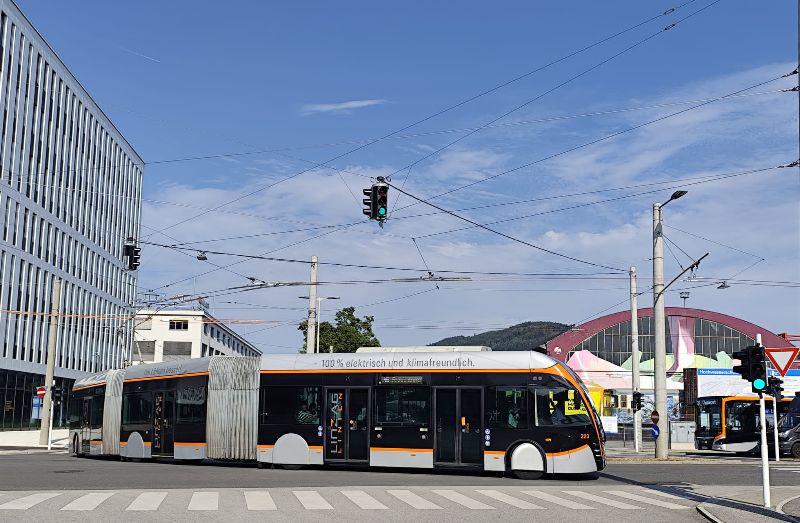UITP’s survey estimates 52% clean energy bus fleet in Europe in 2027 (and total bus fleet to grow 6%)
"Cleaner buses, bigger fleets. That’s what the bus sector itself sees as the future of the bus in Europe", UITP says presenting its newly-released "Bus Fleet Survey 2023", initiative of the UITP Vehicles and Equipment Industry Committee, based on a survey conducted on 54 organisations (40 PTOs and 14 PTAs) across 21 European countries.

“Cleaner buses, bigger fleets. That’s what the bus sector itself sees as the future of the bus in Europe”, UITP says presenting its newly-released “Bus Fleet Survey 2023“, initiative of the UITP Vehicles and Equipment Industry Committee, based on a survey conducted on 54 organisations (40 PTOs and 14 PTAs) across 21 European countries.
Currently, says the report, “around a quarter of all buses covered in the survey are zero emissions. What’s more, by 2027 this will double, resulting in a 52% clean energy bus fleet, rising to 70% by 2030“.

“There is still progress to be made – diesel and gas vehicles will continue to be a part of the bus fleet in 2030, almost a third of organisations haven’t yet adopted any methodology to calculate carbon emissions, and the sector as a whole has identified in particular a lack of stable investment and reliable financial planning to enable them to meet the scope of the challenge. Ultimately, the question is about efficiency. Energy-efficient bus fleets do more with less; freeing up costs to spend elsewhere and energy for the electrification of other operators/services. If we are to build cities that run on sustainable mobility, reducing emissions and creating a better quality of life for all citizens, then unlocking the ambition of the sector is a must
UITP
E-buses growing to 11,000 in 2030
“Battery buses will jump from a count of 1,621 in 2022 to nearly 11,000 vehicles in 2030, which would make them more than 50% of the entire fleet. These are predominantly buses that charge overnight by plug, though other technologies like opportunity charging will also be used. In addition, battery trolleybuses will also rise to number nearly 1,000, an increase of more than double. This change takes place most notably in Western Europe, as well as in Central and Eastern Europe, which will be home to around 65% of Europe’s trolleybuses”, UITP states.
Diesel buses are set to decline from a total of 12,000 to 4,700 vehicles, around 22% of the entire fleet by 2030. “The number of natural gas buses will remain broadly stable at around 2,500 vehicles throughout the decade (about 11% of the analysed fleet), though their prominence will move eastward away from Southern Europe”, according to the report. In Southern Europe, natural gas buses will fall from being almost half of the bus fleet today, owing to a near-tenfold rise in the battery electric bus.
More buses in operation in Europe
Bus fleets to become larger in Europe. “Going by the 40+ organisations across Europe that shared their fleet evolution data, the size of the total European bus fleet is set to increase by around 6% by 2030. In Western Europe, the rise reaches an impressive 10%”. Being more specific, according to the paper, bus fleet size will rise 11% in urban areas of 100,000-250,000 residents and the number of articulated buses will grow in all regions of Europe.
UITP concludes: “There is still progress to be made – diesel and gas vehicles will continue to be a part of the bus fleet in 2030, almost a third of organisations haven’t yet adopted any methodology to calculate carbon emissions, and the sector as a whole has identified in particular a lack of stable investment and reliable financial planning to enable them to meet the scope of the challenge. Ultimately, the question is about efficiency. Energy-efficient bus fleets do more with less; freeing up costs to spend elsewhere and energy for the electrification of other operators/services. If we are to build cities that run on sustainable mobility, reducing emissions and creating a better quality of life for all citizens, then unlocking the ambition of the sector is a must”.








